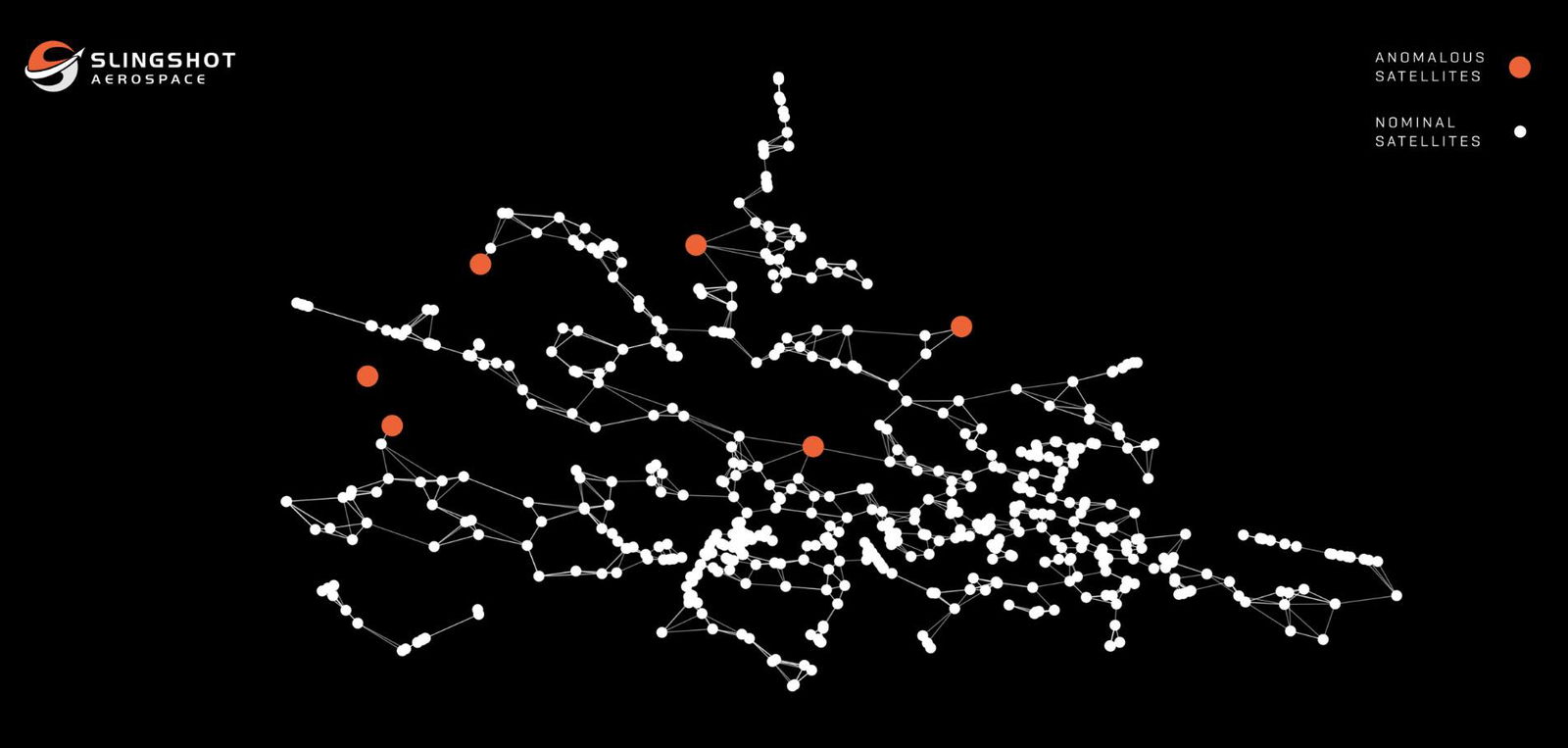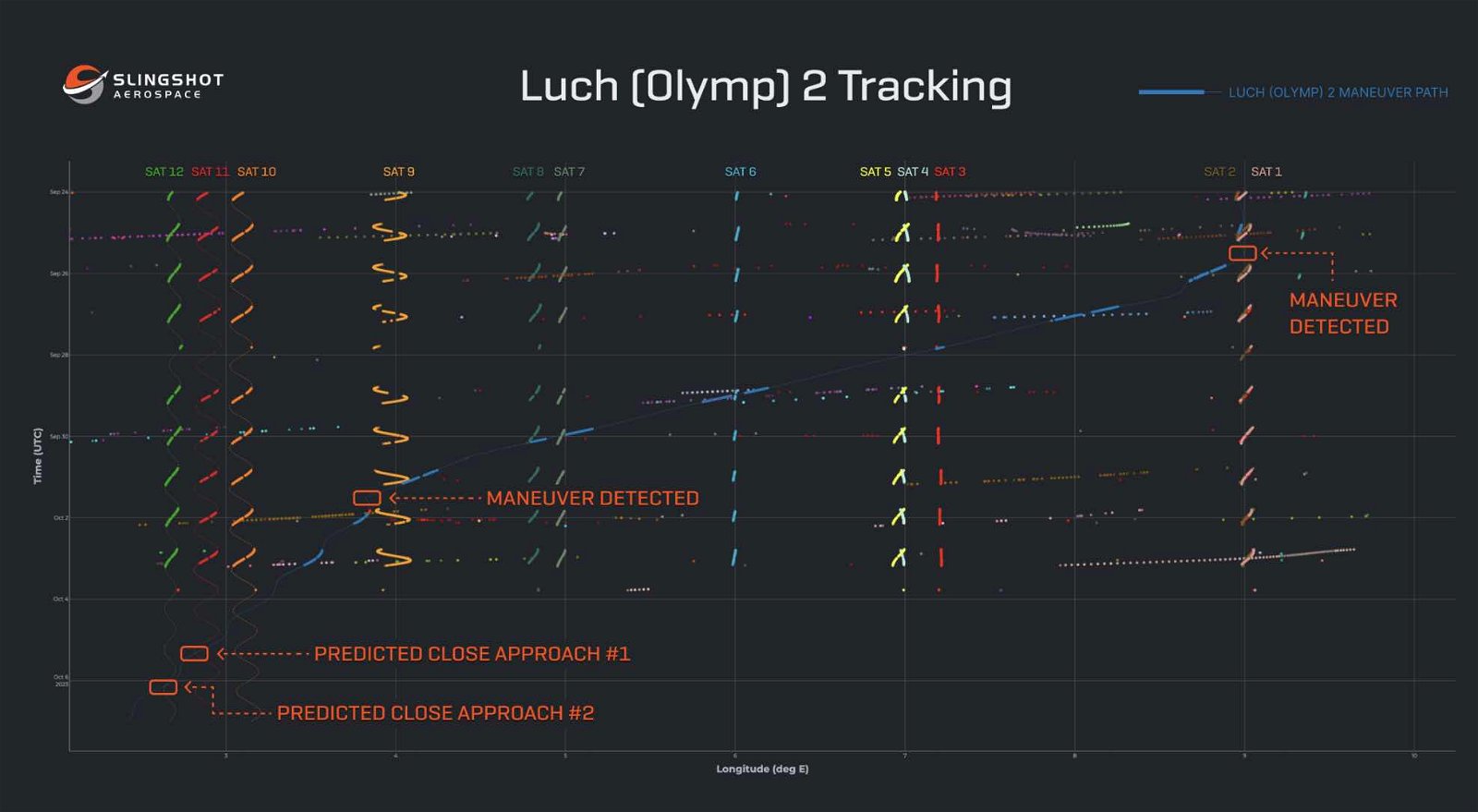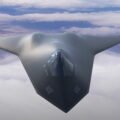The Defense Advanced Research Projects Agency (DARPA) has a new tracking system to help detect objects in orbit that exhibit anomalous behavior and could pose a threat to U.S. national security.
Developed in cooperation with California-based Slingshot Aerospace, a provider of space tracking and other AI-based software, the new system is capable of detecting deviations from the normal expected operations of satellites, even when present in large constellations.
Dubbed Agatha, the new system is designed to offer the U.S. military unrivaled space domain awareness and enabling the detection of anomalous behaviors, “as its ability to find these needles in the haystack is something no human, or team of humans, could possibly execute,” according to Dr. Dylan Kesler, Director of Data Science and AI at Slingshot Aerospace.
Hunting Anomalous Satellites
Kesler said in a statement that detecting a range of irregularities in the operations of objects in orbit is becoming increasingly challenging amid the growing number of satellites currently entering orbit. As of early 2023, the International Telecommunication Union had received filings for more than one million new satellites comprising more than 300 constellations.
However, not all anomalies represent potential espionage or attacks. Kesler also says that satellites sometimes deviate from their intended course resulting from malfunctions or other issues they encounter. Given such possibilities, Kesler says Agatha has “proven its ability to deliver high-quality insights that provide ‘explainability’ or context for why specific objects were flagged.”


Slingshot relied on simulated constellation data comprising more than 60 years for the new AI system’s initial training. After that, it was tested using real-world applications that allowed it to identify outliers among commercial constellations currently in operation. Agatha’s findings were then validated by human satellite operators.
Among the key elements driving Agatha’s unique capabilities are inverse reinforcement learning (IRL), which allows the system to analyze satellites’ specific behaviors and apparent intentions. Employing a data-agnostic model, Agatha can provide meaningful rationales for why objects are flagged and can ingest vast amounts of space information without needing predefined cues.
The new AI system was an outgrowth of Slingshot’s PRECOG program, and now the company is in talks with both U.S. government and commercial companies about ways the system may potentially be integrated.
Issues of Transparency
In addition to the usefulness of AI like Agatha in the current geopolitical climate, Dr. Kesler also emphasized the increasing need for quick identification of anomalies, but also transparency in an increasingly cluttered—and potentially weaponized—orbital environment.
Last month, the Pentagon revealed that Russia had launched an apparent counter-space weapon into orbit, which was believed to be operating in close proximity to a U.S. satellite.
“Russia launched a satellite into low Earth orbit that we that we assess is likely a counter space weapon, presumably capable of attacking other satellites in low Earth orbit,” Pentagon spokesperson Maj. Gen. Pat Ryder told reporters during a briefing on May 22.
“Russia deployed this new counter-space weapon into the same orbit as a US government satellite,” Ryder said. “Obviously, that’s something that we’ll continue to monitor.”
“Certainly, we would say that we have a responsibility to be ready to protect and defend the domain the space domain and ensure continuous and uninterrupted support to the joint and combined force,” Ryder told reporters, “[and] will continue to balance the need to protect our interests in space with our desire to preserve a stable and sustainable space environment.”
The news followed warnings on May 1st presented before lawmakers by former Assistant Secretary of Defense for Space Policy John Plumb, who discussed an anti-satellite nuclear device Russia is suspected of developing that is believed to pose a threat to all spacecraft currently operating in orbit.
In February, Ohio representative Mike Turner initially revealed news about a possible Russian space weapon in a cryptic posting on X, where he urged that information about a mysterious national security threat be declassified by the Biden administration “so that Congress, the Administration, and our allies can openly discuss the actions necessary to respond to this threat.”
Last year, Slingshot already demonstrated its ability to detect potentially concerning activities in orbit. When Russia launched its Luch 2 satellite last March, officials were concerned that the spacecraft might mirror the operations of its predecessor, Luch 1, which was known for engaging in suspicious activities.
Slingshot’s technologies were successfully able to detect “multiple maneuvers by the new Luch (Olymp) 2 satellite,” which the company said were “highly reminiscent of the behavior exhibited by its predecessor… [and] resulted in numerous close approaches with other satellites in geosynchronous orbit.”


“As space activity shifts from satellites owned by a small number of operators to massive constellations operated by an array of owners, the need for transparency increases,” Kesler said in a statement.
“The ability to quickly identify anomalies – whether a malfunctioning spacecraft or an intentionally nefarious ‘wolf in sheep’s clothing’ – is an increasingly important aspect of maintaining safety and security in space and on Earth,” he added.
Beyond Anomalies in Space
With its adaptability and scalability, Agatha is also poised for use in a range of other scientific and technological fields. According to Kseler, Agatha is capable of analyzing large quantities of information and detecting a range of outliers in various kinds of data, making it ideal for use in research involving agriculture, biomedicine, genomics, and other disciplines.
“Having worked previously in the BioTech world and with gene editing technologies like CRISPR, I know that tools like Agatha and approaches like inverse reinforcement learning almost certainly would have helped us find anomalies in the oceans of genomic data we analyzed,” Kesler said.
With the implementation of innovative techniques that include inverse reinforcement learning, Kesler says the various areas where Agatha is expected to be deployed will “grow exponentially in the years to come,” allowing government agencies, scientists, and commercial companies to “solve a variety of problems, not just in space.”
This article was updated on June 13, 2024.
Micah Hanks is the Editor-in-Chief and Co-Founder of The Debrief. He can be reached by email at micah@thedebrief.org. Follow his work at micahhanks.com and on X: @MicahHanks.

